2022 Vol. 3, No. 2
The auditory system of mammals enables the perception of sound from our surrounding world. Containing some of the smallest bones in the body, the ear transduces complex acoustic signals with high-temporal sensitivity to complex mechanical vibrations with magnitudes as small as tens of picometers. Measurements of the shape and acoustically induced motions of different components of the ear are essential if we are to expand our understanding of hearing mechanisms, and also provide quantitative information for the development of numerical ear models that can be used to improve hearing protection, clinical diagnosis, and repair of damaged or diseased ears.We are developing digital holographic methods and instrumentation using an ultra-high speed camera to measure shape and acoustically-induced motions in the middle ear. Specifically we study the eardrum, the first structure of the middle ear which initializes the acoustic-mechanical transduction of sound for hearing. Our measurement system is capable of performing holographic measurement at rates up to 2.1 M frames per second. Two shape measurement modalities had previously been implemented into our holographic systems: (1) a multi-wavelength method with a wavelength tunable laser; and (2) a multi-angle illumination method with a single wavelength laser. In this paper, we present a third method using a miniaturized fringe projection system with a microelectromechanical system (MEMS) mirror. Further, we optimize the processing of large data sets of holographic displacement measurements using a vectorized Pearson's correlation algorithm. We validate and compare the shape and displacement measurements of our methodologies using a National Institute of Standards and Technology (NIST) traceable gauge and sound-activated latex membranes and human eardrums.
We report variable shear interferometers employing liquid-crystal-based geometric-phase (GP) gratings. Conventional grating-based shear interferometers require two lateral shifts of the gratings to enable phase-shifting capabilities in x- and y- direction and two axial shifts of the gratings to adjust the shear amount in x- and y- direction, i.e., these systems need control of four axes mechanically. Here we show that the GP gratings combined with a pixelated polarization camera give instantaneous-phase shifting so that no mechanical movement is necessary to obtain phase shifts. Furthermore, we show that a single fixed shear with a rotational shear axis provides a more robust selection of shears while requiring the control of only one mechanical axis. We verify this statement using spatial domain and frequency domain criteria. We further show that the resolution of the reconstructed wavefield depends not only on the numerical aperture of the imaging system, the pixel size of the detector, or the spatial coherence of the source but also on the ability to determine the shear amount accurately. To improve this, we report a methodology to accurately detect the shear amounts using the second derivative of the autocorrelation function of the measured holograms, which further relaxes the requirements on mechanical stability.
Advanced manufacturing of retinal organoid samples from human induced pluripotent stem cells represents a promising way to study the development of retinal diseases. The retina is an epithelium composed of different cell layers with unique optical properties and detects light by photoreceptor neurons for visual function. There are still many challenges in detecting early and distinct cellular changes in retinal disease. In this paper, we study the capability of the optical transmission matrix, which fully describes the transition of a light field propagating through a scattering sample. Despite its rich information content, the transmission matrix is commonly just used for light delivery through scattering media. Digital holography is employed to measure the complex light-field information of the transmitted light. We demonstrate that singular value decomposition of the transmission matrix allows to discriminate phantom tissues with varying scattering coefficient. We apply these findings to retinal organoid tissues. Application of the protonophore carbonyl cyanide m-chloro-phenylhydrazone (CCCP), a known inducer of retinal damage in animals, caused cell death and structural changes in human retinal organoids, which resulted in distinct changes in the transmission matrix. Our data indicate that the analysis of the transmission matrix can distinguish pathologic changes of the retina towards the development of imaging-based biomarkers.
Recording and (computational) processing of complex wave fields offer a vast realm of new methods for optical 3D metrology. We discuss fundamental similarities and differences between holographic surface topography measurement and non-holographic principles, such as triangulation, classical interferometry, rough surface interferometry and slope measuring methods. Key features are the physical origin of the ultimate uncertainty limit and how the topographic information is encoded and decoded. Besides the theoretical insight, the discussion will help optical metrologists to determine if their measurement results could be improved or have already hit the ultimate limit of what physics allows.
Previous collaborative studies have shown the main fringe patterns and their typical classification with regard to defects. Nevertheless, the complexity of the results prevents defect detection automation based on a fringe pattern classification table. The use of fringe patterns for the structural diagnosis of artwork is important for conveying crucial detailed information and dense data sources that are unmatched compared to those obtained using other conventional or modern techniques. Hologram interferometry fringe patterns uniquely reveal existing and potential structural conditions independent of object shape, surface complexity, material inhomogeneity, multilayered and mixed media structures, without requiring contact and interaction with the precious surface. Thus, introducing a concept that from one hand allows fringe patterns to be considered as a powerful standalone physical tool for direct structural condition evaluation with a focus on artwork conservators' need for structural diagnosis while sets a conceptual basis for defect detection automation is crucial. The aim intensifies when the particularities of ethics and safety in the field of art conservation are considered.There are ways to obtain the advantages of fringe patterns even when specialized software and advanced analysis algorithms fail to convey usable information. Interactively treating the features of fringe patterns through step-wise reasoning provides direct diagnosis while formulates the knowledge basis to automate defect isolation and identification procedures for machine learning and artificial intelligence (AI) development. The transfer of understanding of the significance of fringe patterns through logical steps to an AI system is this work's ultimate technical aim. Research on topic is ongoing.
Two major fields of study in optics—holography and interferometry—have developed at times independently and at other times together. The two methods share the principle of holistically recording as an intensity pattern the magnitude and phase distribution of a light wave, but they can differ significantly in how these recordings are formed and interpreted. Here we review seven specific developments, ranging from data acquisition to fundamental imaging theory in three dimensions, that illustrate the synergistic developments of holography and interferometry. A clear trend emerges, of increasing reliance of these two fields on a common trajectory of enhancements and improvements.
With the explosive growth of mathematical optimization and computing hardware, deep neural networks (DNN) have become tremendously powerful tools to solve many challenging problems in various fields, ranging from decision making to computational imaging and holography. In this manuscript, I focus on the prosperous interactions between DNN and holography. On the one hand, DNN has been demonstrated to be in particular proficient for holographic reconstruction and computer-generated holography almost in every aspect. On the other hand, holography is an enabling tool for the optical implementation of DNN the other way around owing to the capability of interconnection and light speed processing in parallel. The purpose of this article is to give a comprehensive literature review on the recent progress of deep holography, an emerging interdisciplinary research field that is mutually inspired by holography and DNN. I first give a brief overview of the basic theory and architectures of DNN, and then discuss some of the most important progresses of deep holography. I hope that the present unified exposition will stimulate further development in this promising and exciting field of research.
Imaging through random media continues to be a challenging problem of crucial importance in a wide range of fields of science and technology, ranging from telescopic imaging through atmospheric turbulence in astronomy to microscopic imaging through scattering tissues in biology. To meet the scope of this anniversary issue in holography, this review places a special focus on holographic techniques and their unique functionality, which play a pivotal role in imaging through random media. This review comprises two parts. The first part is intended to be a mini tutorial in which we first identify the true nature of the problems encountered in imaging through random media. We then explain through a methodological analysis how unique functions of holography can be exploited to provide practical solutions to problems. The second part introduces specific examples of experimental implementations for different principles of holographic techniques, along with their performance results, which were taken from some of our recent work.
Optically transmissive and reflective objects may have varying surface profiles, which translate to arbitrary phase profiles for light either transmitted through or reflected from the object. For high-throughput applications, resolving arbitrary phases and absolute heights is a key problem. To extend the ability of measuring absolute phase jumps in existing 3D imaging techniques, the dual-wavelength concept, proposed in late 1800s, has been developed in the last few decades. By adopting an extra wavelength in measurements, a synthetic wavelength, usually larger than each of the single wavelengths, can be simulated to extract large phases or height variations from micron-level to tens of centimeters scale. We review a brief history of the developments in the dual-wavelength technique and present the methodology of this technique for using the phase difference and/or the phase sum. Various applications of the dual-wavelength technique are discussed, including height feature extraction from micron scale to centimeter scale in holography and interferometry, single-shot dual-wavelength digital holography for high-speed imaging, nanometer height resolution with fringe subdivision method, and applications in other novel phase imaging techniques and optical modalities. The noise sources for dual-wavelength techniques for phase imaging and 3D topography are discussed, and potential ways to reduce or remove the noise are mentioned.
Since its invention, holography has been mostly applied at visible wavelengths in a variety of applications. Specifically, non-destructive testing of manufactured objects was a driver for developing holographic methods and all related ones based on the speckle pattern recording. One substantial limitation of holographic non-destructive testing is the setup stability requirements directly related to the laser wavelength. This observation has driven some works for 15 years: developing holography at wavelengths much longer than visible ones. In this paper, we will first review researches carried out in the infrared, mostly digital holography at thermal infrared wavelengths around 10 micrometers. We will discuss the advantages of using such wavelengths and show different examples of applications. In nondestructive testing, large wavelengths allow using digital holography in perturbed environments on large objects and measure large deformations, typical of the aerospace domain. Other astonishing applications such as reconstructing scenes through smoke and flames were proposed. When moving further in the spectrum, digital holography with so-called Terahertz waves (up to 3 millimeters wavelength) has also been studied. The main advantage here is that these waves easily penetrate some materials. Therefore, one can envisage Terahertz digital holography to reconstruct the amplitude and phase of visually opaque objects. We review some cases in which Terahertz digital holography has shown potential in biomedical and industrial applications. We will also address some fundamental bottlenecks that prevent fully benefiting from the advantages of digital holography when increasing the wavelength.
This paper recounts the discovery of holographic interferometry, discusses its development, and itemizes some of its major applications.


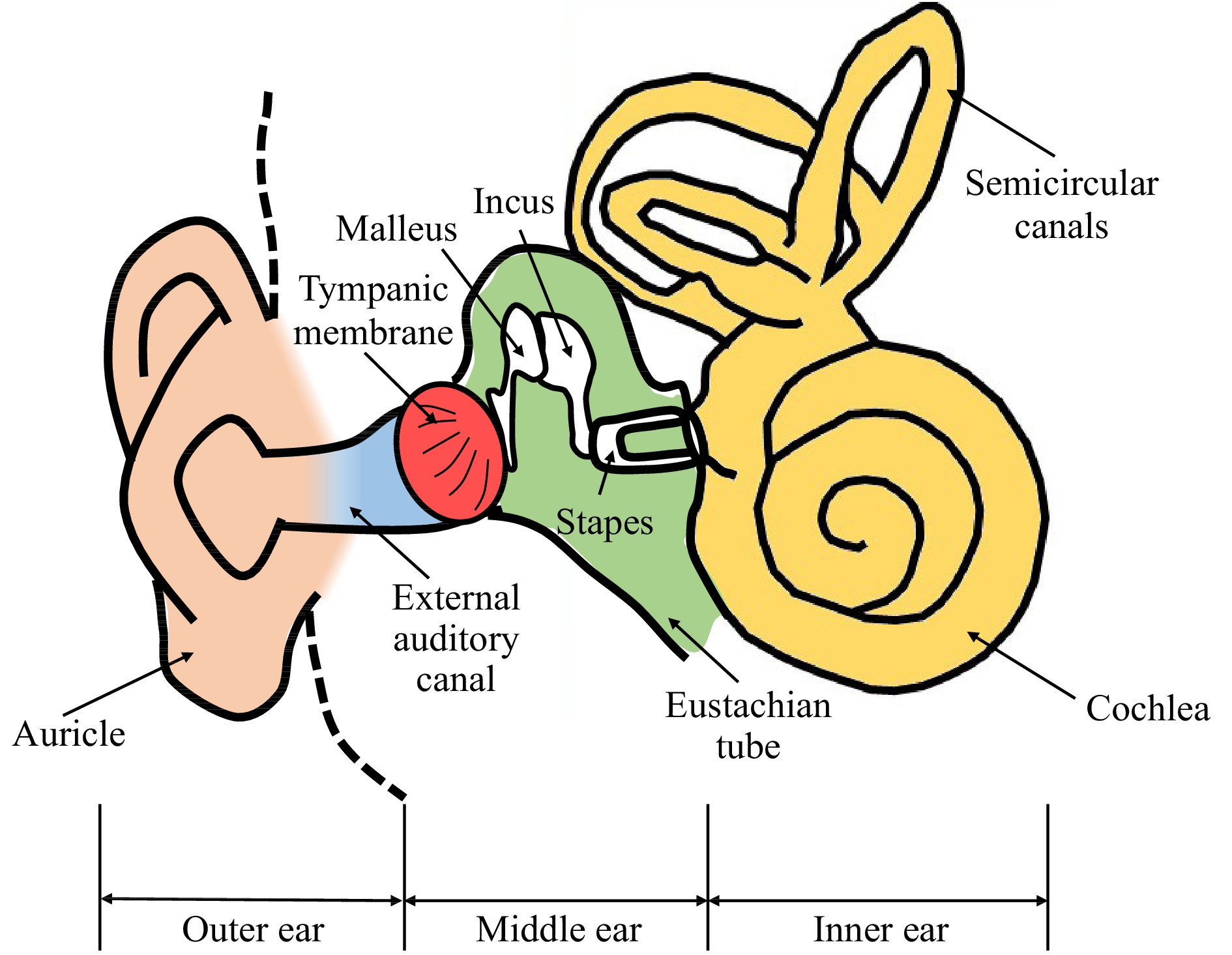
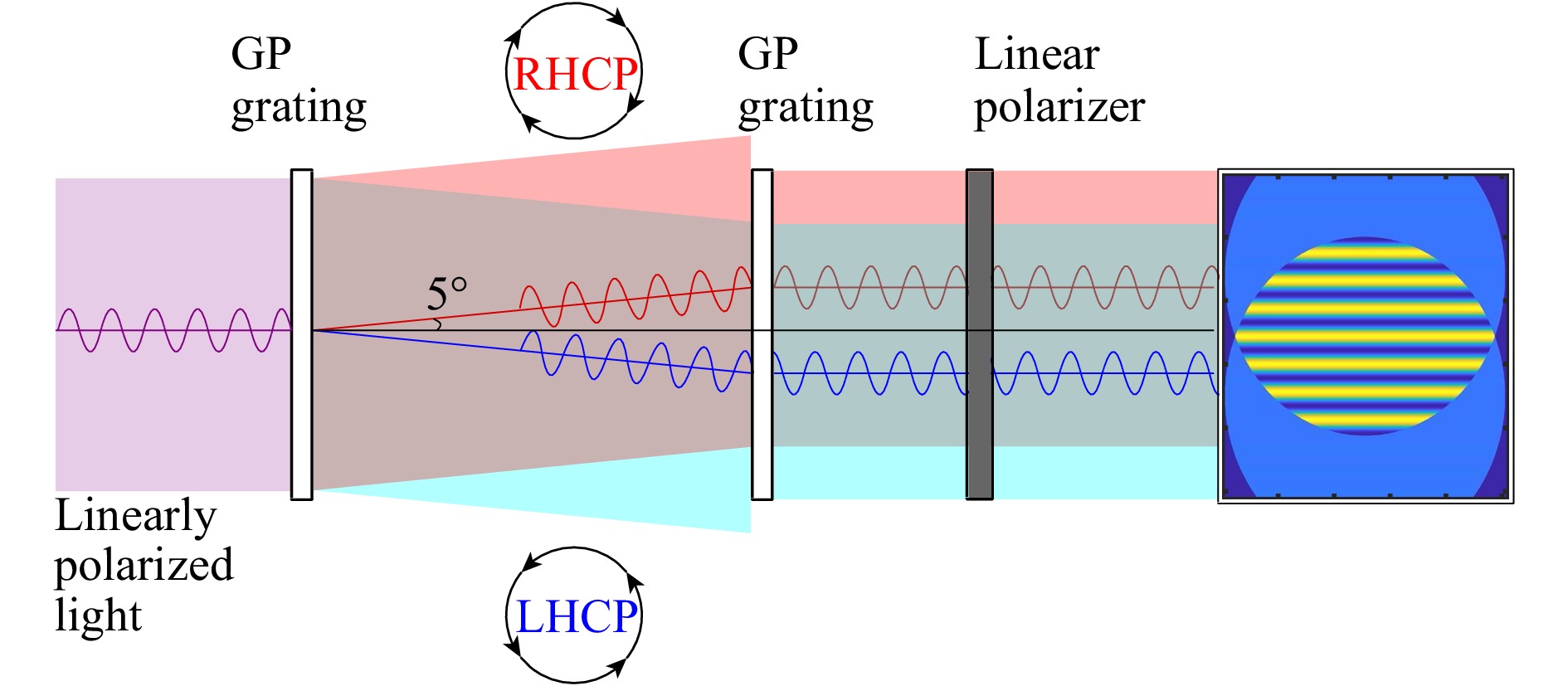
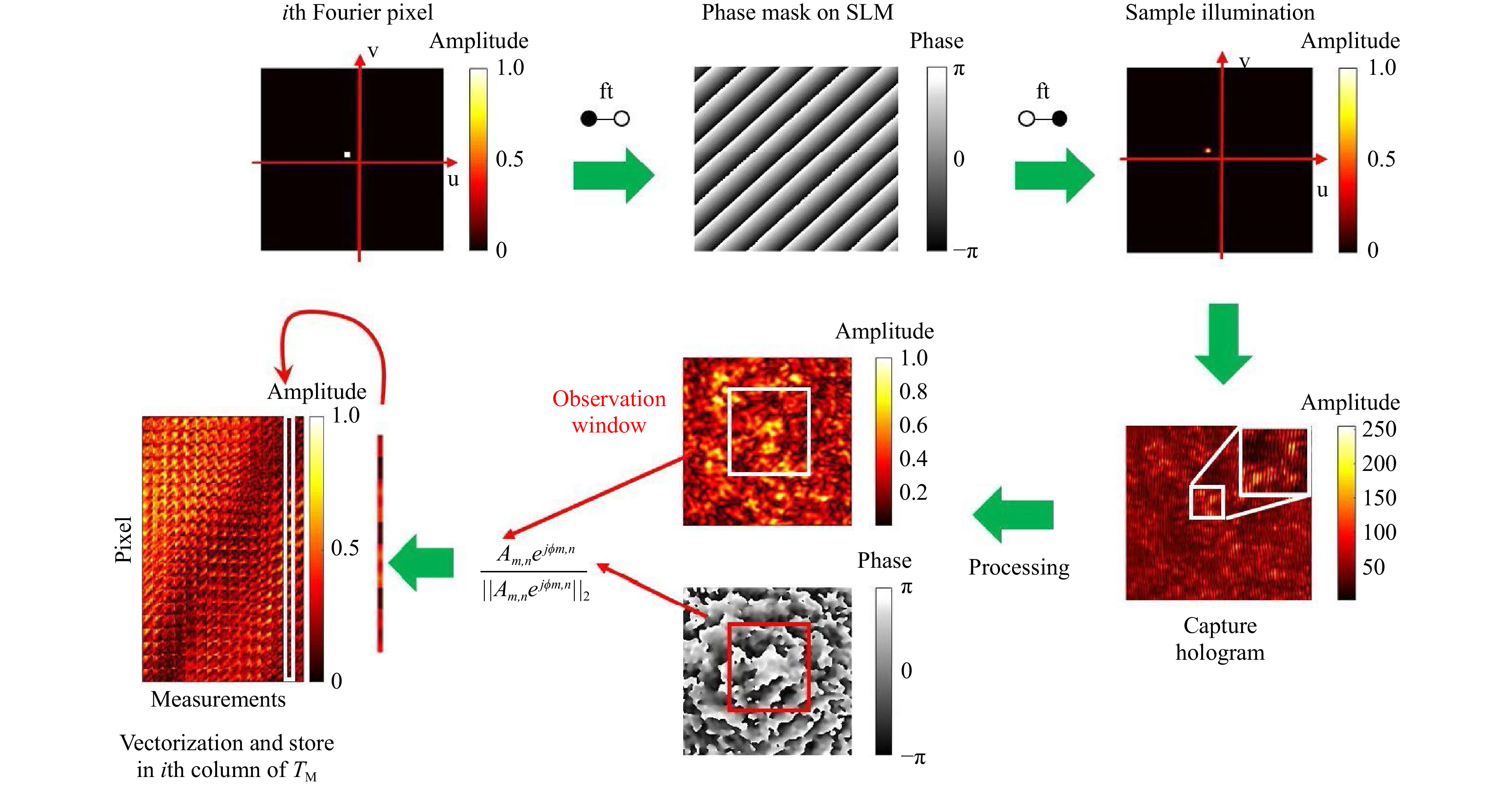
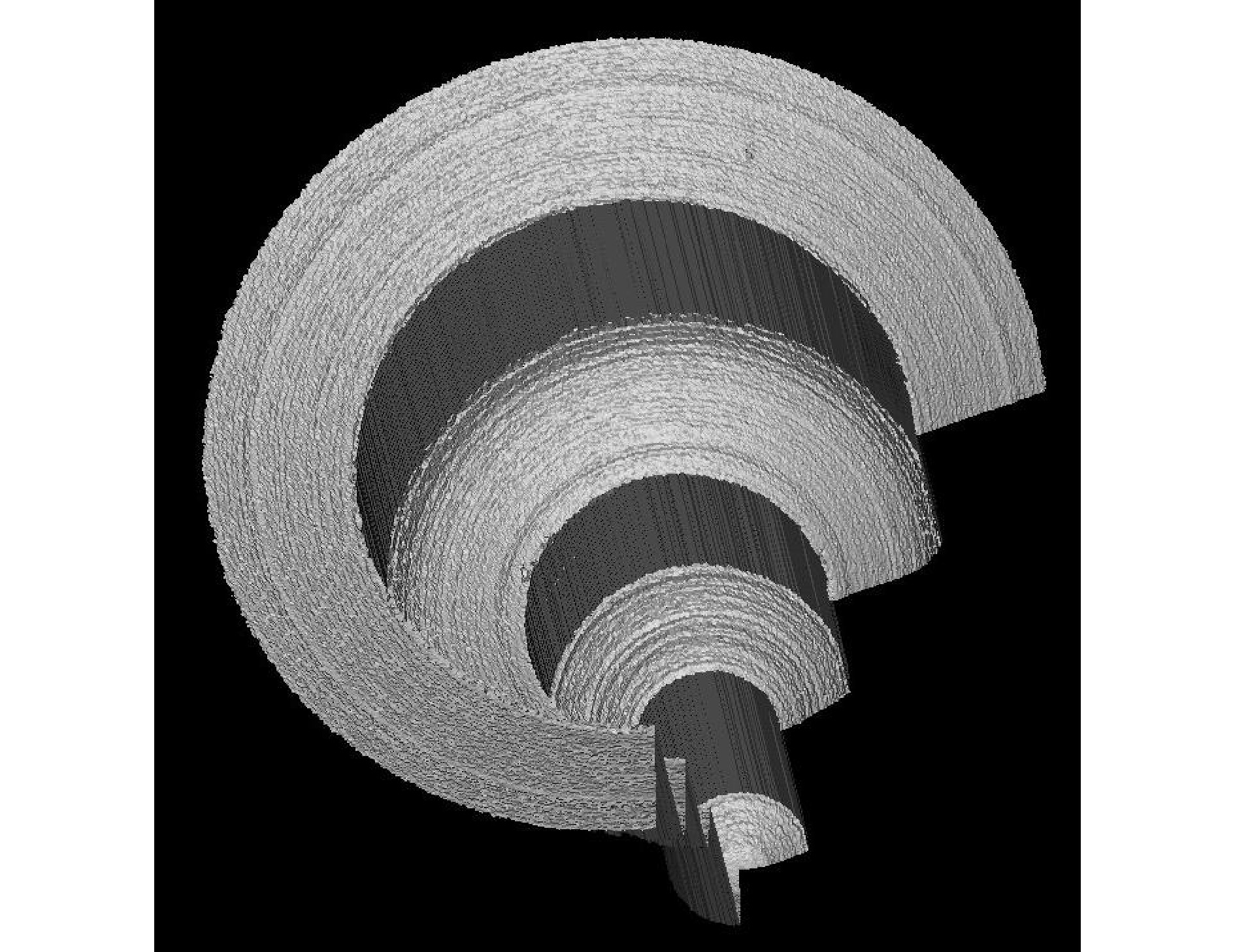
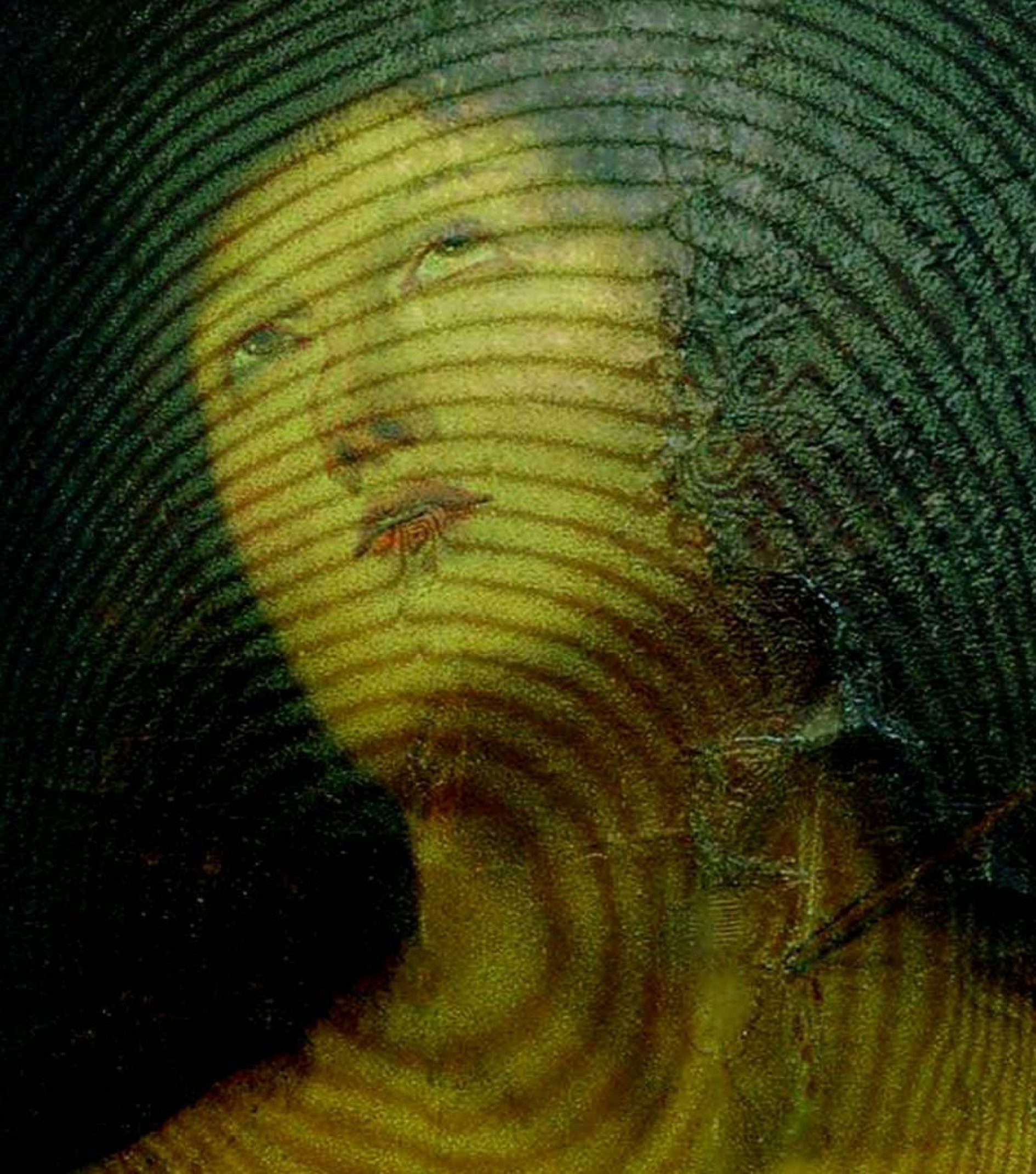
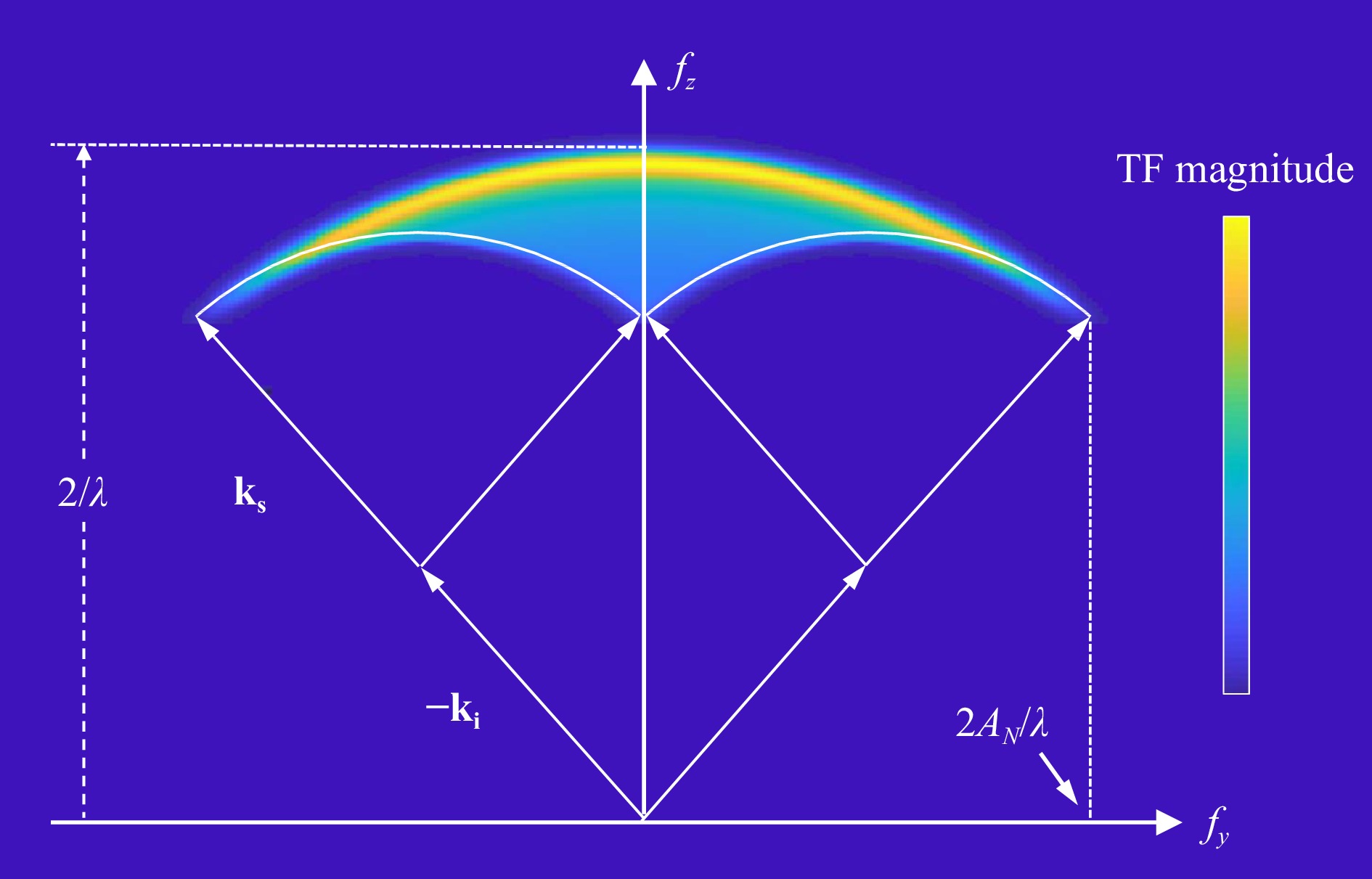
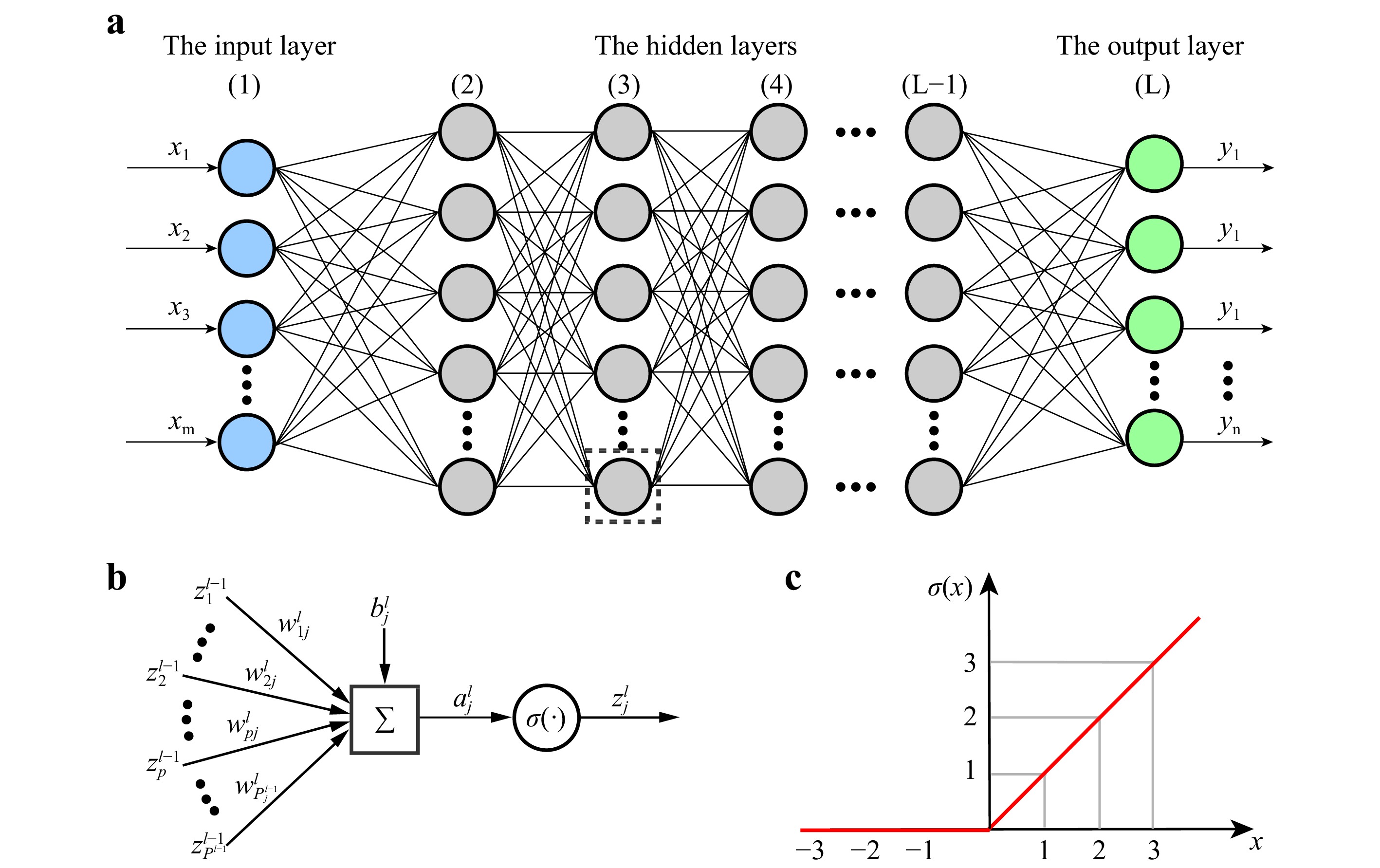
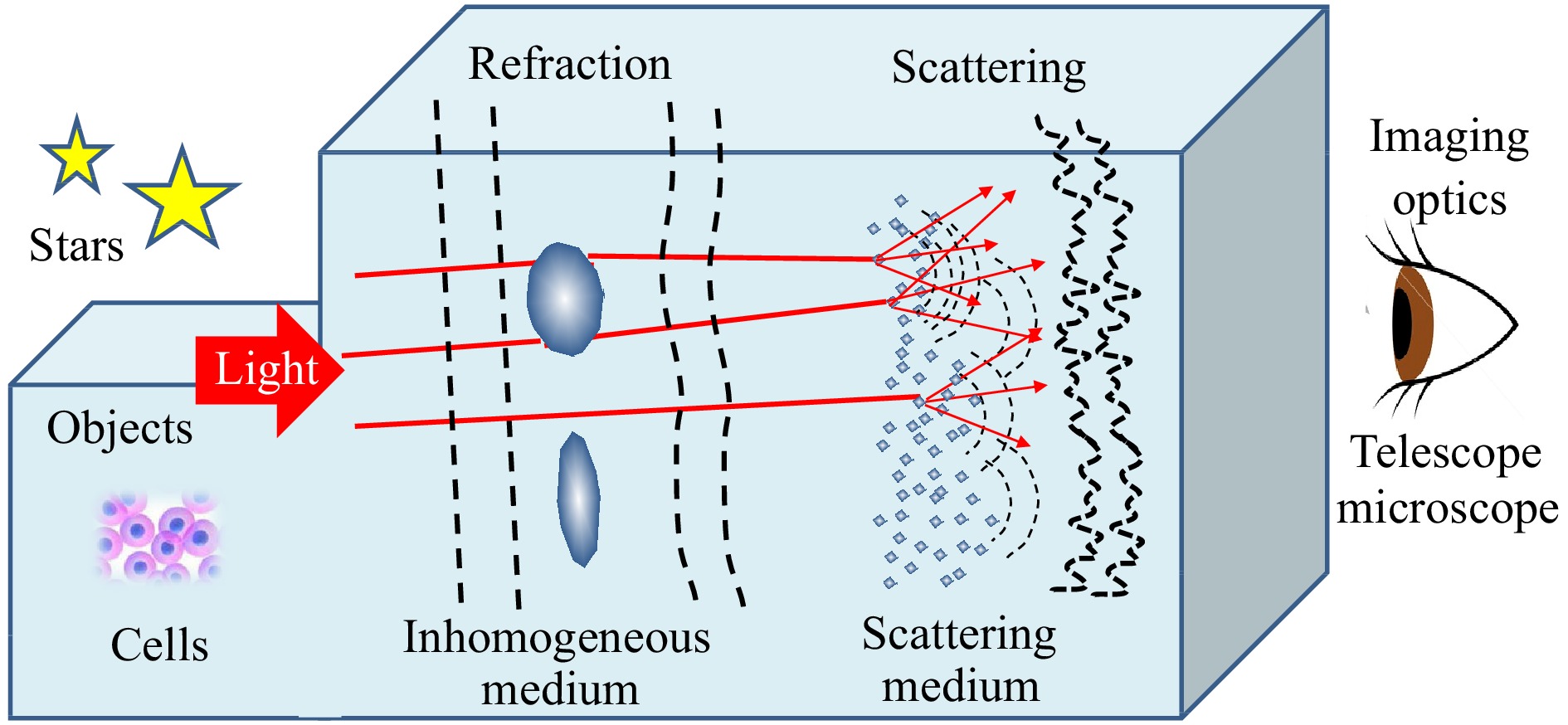
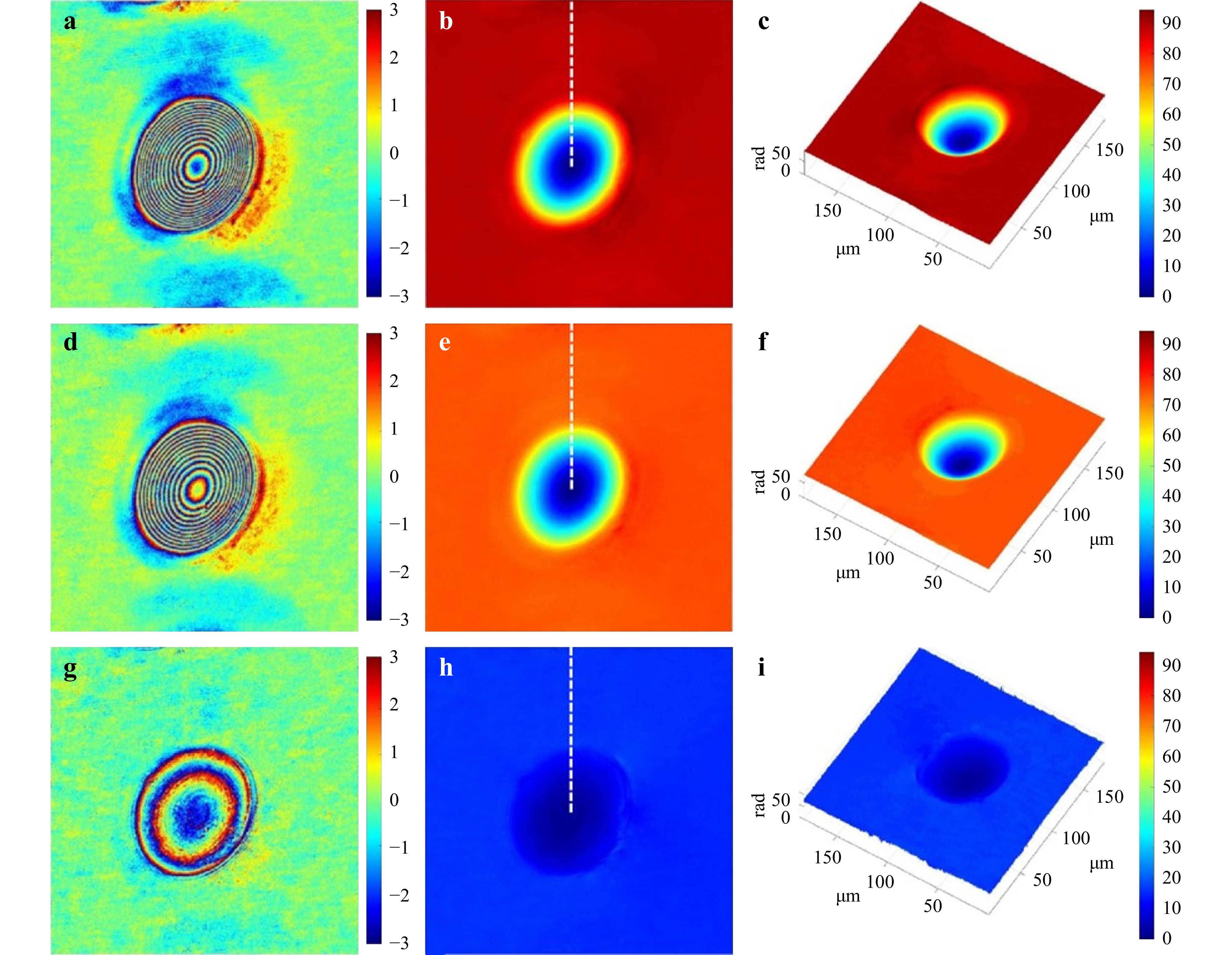
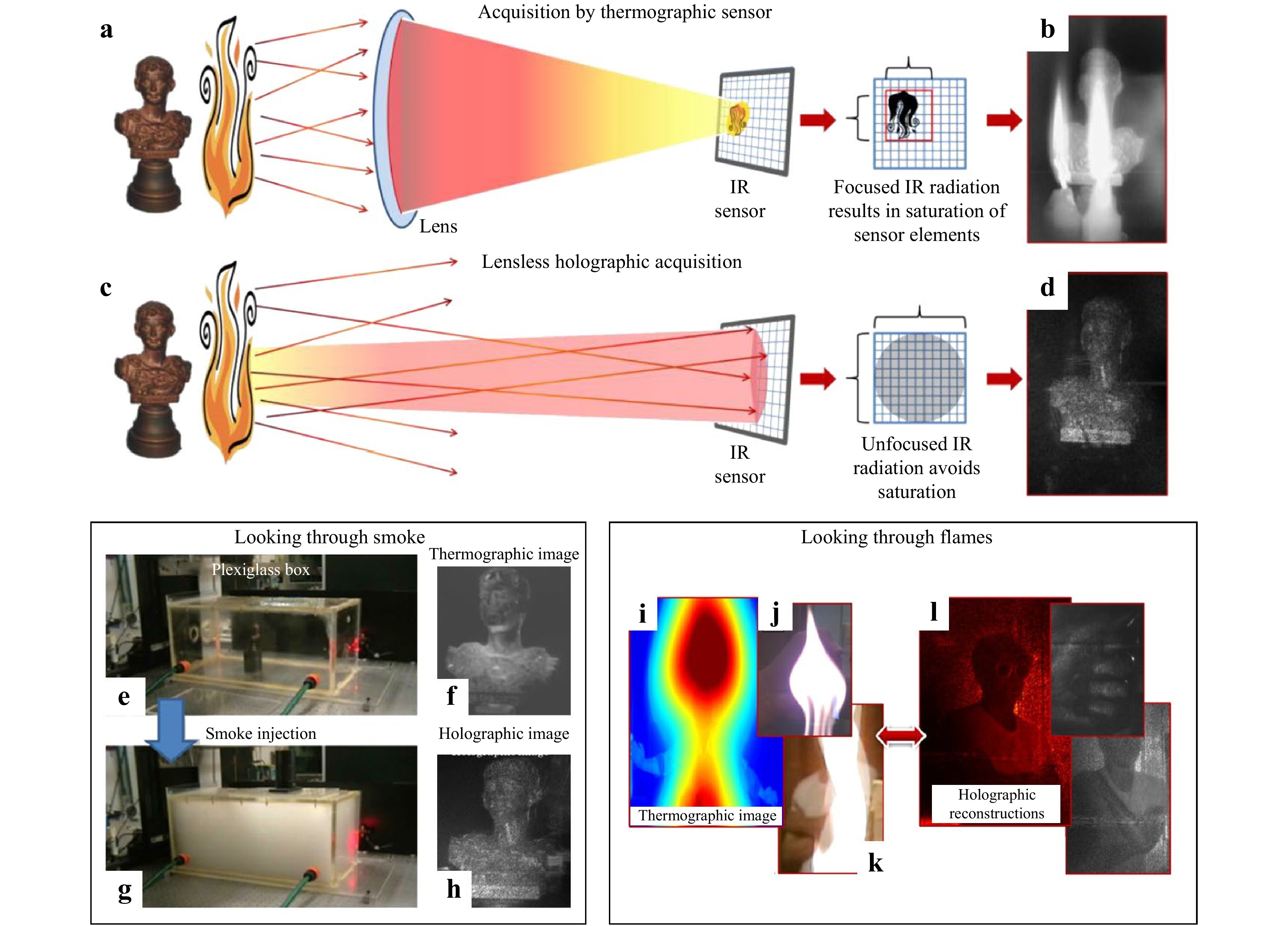
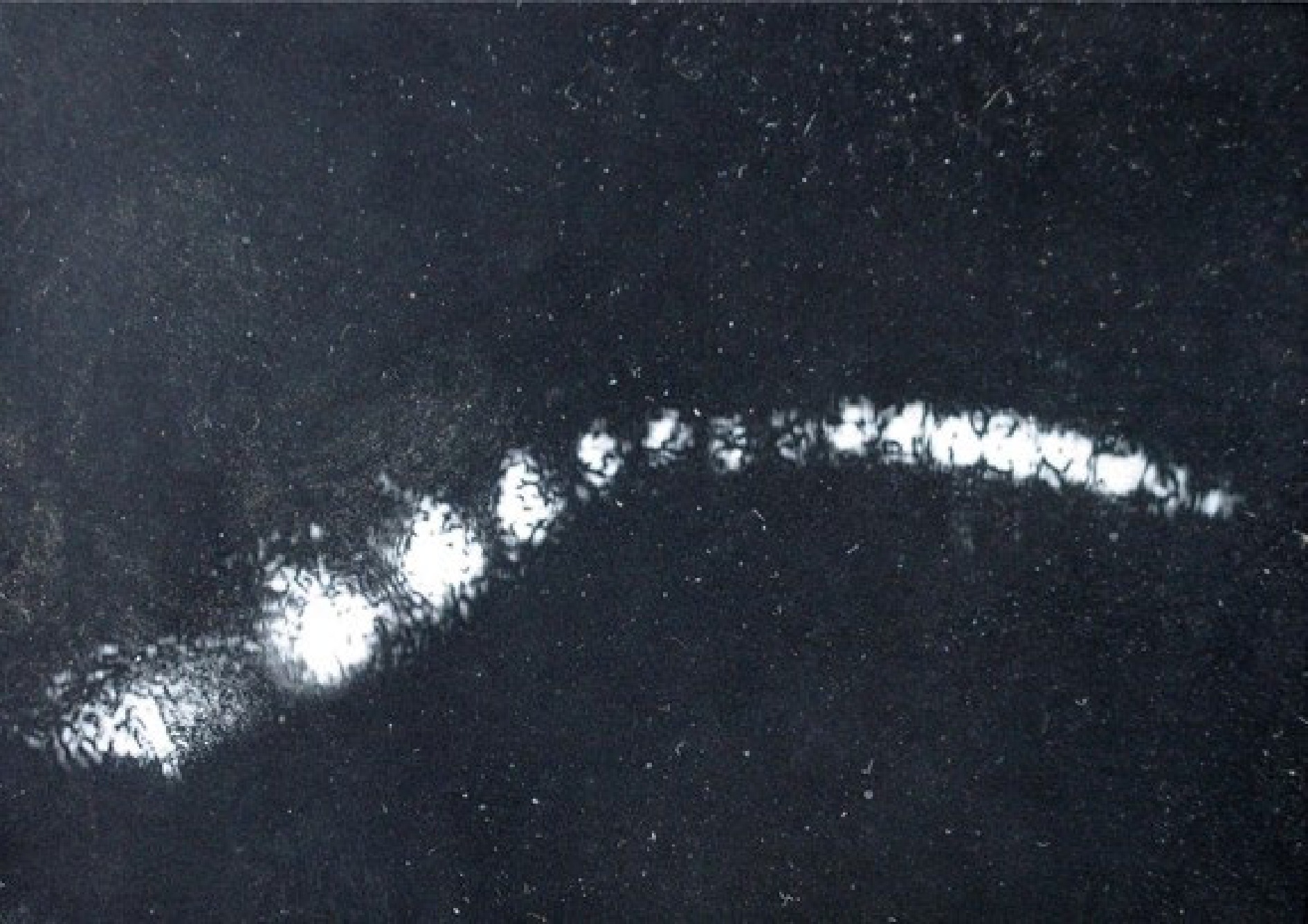
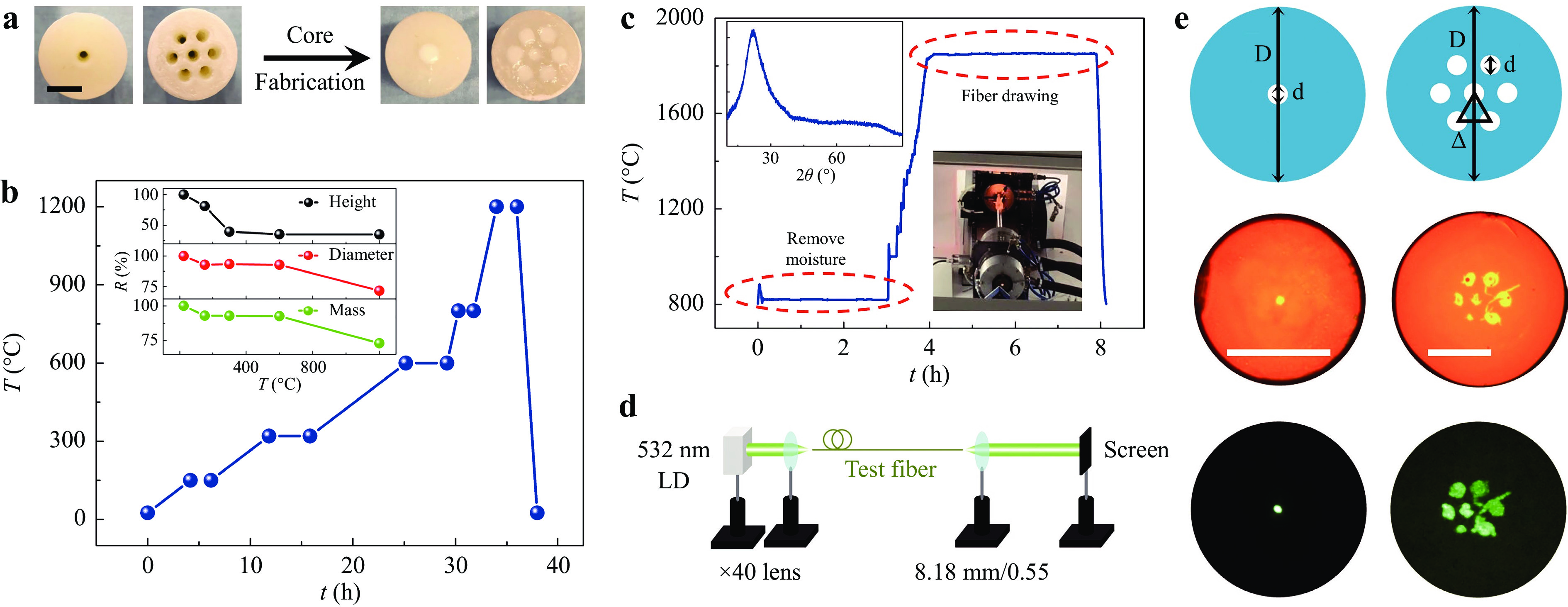
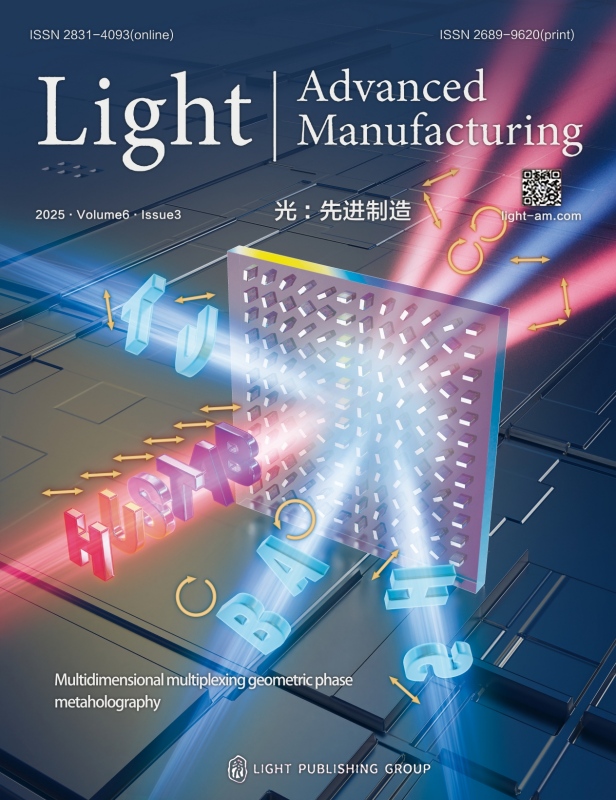

 Email
Email RSS
RSS